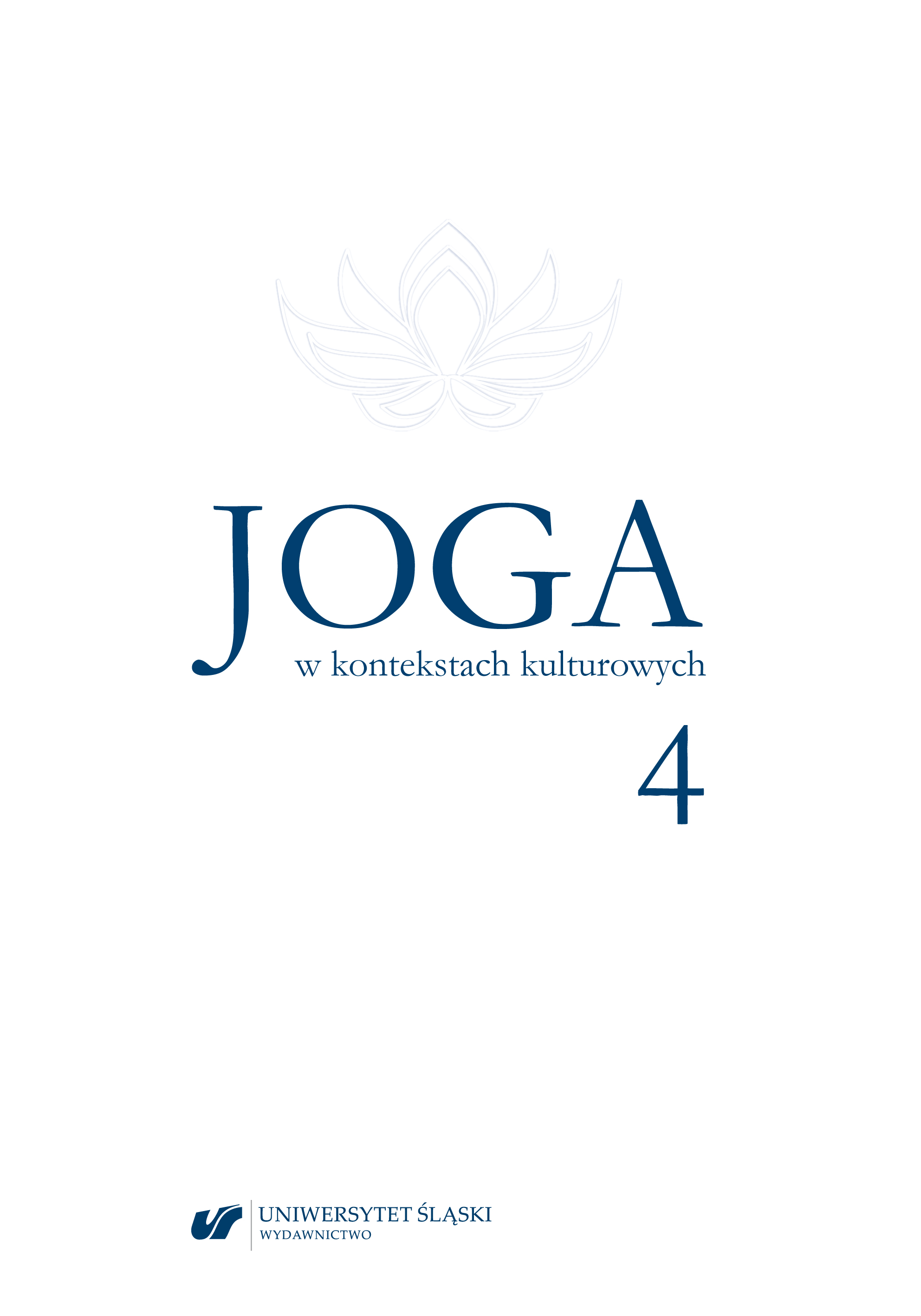Praktyki cielesne w sufizmie
Bodily practices in Sufism
Author(s): Beata Abdallah-Krzepkowska
Subject(s): Cultural history, History of ideas, Islam studies, Culture and social structure , History of Religion
Published by: Wydawnictwo Uniwersytetu Śląskiego
Keywords: Sufism; Sufi tradition; mysticism; bodily practices
Summary/Abstract: The body occupies a crucial and special place in the Sufi tradition. It is seen as a Gateway leading from the outer dimension of reality (ẓāhir) to the inner dimension (bāṭin), bearing within itself a microcosm that is a mirror image of the macrocosm. Mystics recognize the dual nature of the body — on the one hand, it is a source of obstacles to the individual’s rise above trivial needs and desires, while on the other hand, it provides a means of transgression into the world of immaterial reality.
As a boundary point between two worlds, the body can become a means of achieving closeness. The various bodily practices employed by Sufis bear traces of similarity to other mystical practices. This is not surprising, given the inclusive nature of Sufism, readily adapting the practices of local spiritual traditions. It was no different in India, where Islam appeared in the 8th century and entered into dialogue with Hindu traditions, both at the level of intellectual exchange between representatives of Islam and Hinduism, and at the level of mutual interpenetration between the practices of adepts of Sufism and Hinduism. This closeness bore fruit both in the joint practice of spirituality and in the attempts made by Akbar and his great-grandson Dārā Shikōh to combine the teachings of the two religious traditions.
Today it is difficult to determine the paths of mutual influence or to say with certainty whether a particular practice is the result of influence or arose independently. The article constitutes an overview of the bodily practices of Sufism and a reflection on their possible origins and similarities to Indian traditions.
Book: Joga w kontekstach kulturowych 4
- Page Range: 35-55
- Page Count: 21
- Publication Year: 2021
- Language: Polish
- Content File-PDF

